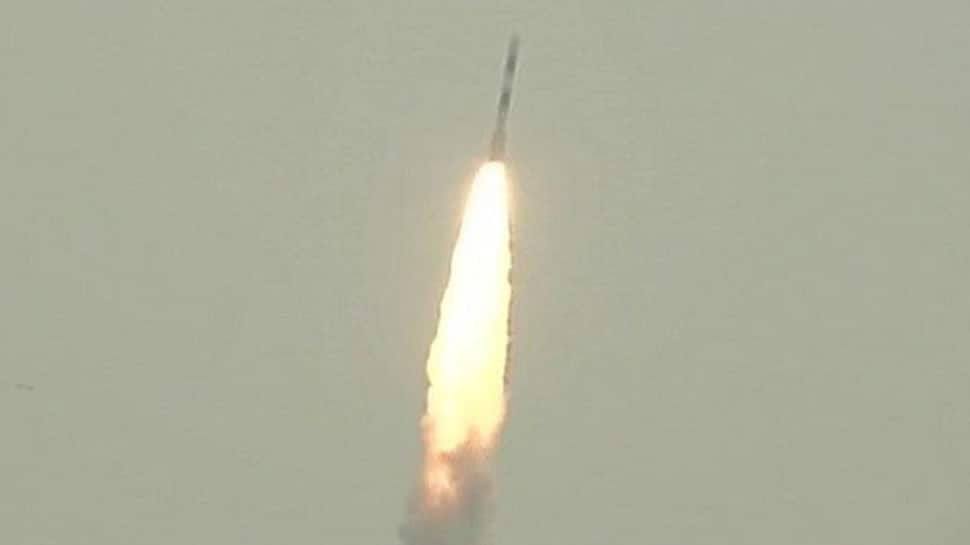SRIHARIKOTA: The Indian Space Research Organisation's navigation satellite INRSS-1I was on Thursday launched by PSLV-C41 from the spaceport in Sriharikota and successfully placed in the designated orbit. PSLV-C41/IRNSS-1I Mission blasted off at 4.04 am from the first launchpad at the Sathish Dhawan Space Centre. Just over 19 minutes into the flight, the rocket slung IRNSS-1I into the orbit from where the satellite will be taken up to its final position at geo synchronous orbit at a height of 36,000 km.
Calling the mission a success, ISRO Chairman K Sivan congratulated the scientists behind it. "I am extremely happy to announce that the PSLV has precisely injected the navigation satellite in the targetted orbit." He said ISRO is moving towards to get the rocket and satellite through the industry.
WATCH: ISRO launches the IRNSS-1I navigation satellite aboard the PSLV-C41 from First Launch Pad (FLP) of SDSC SHAR, Sriharikota. #AndhraPradesh pic.twitter.com/RNfzYfw0VJ
— ANI (@ANI) April 11, 2018
Sivan said over the next eight months, ISRO has planned nine launch missions including the moon mission towards the end of the year.
IRNSS-1I is expected to replace IRNSS-1A, the first of the seven navigation satellites, that was rendered ineffective after its three rubidium atomic clocks failed. The seven satellites are part of the NavIC navigation satellite constellation.
The Rs 1,420 crore Indian satellite navigation system NavIC consists of nine satellites -- seven in orbit and two as substitutes. The fully operational system is expected to provide accurate position information service to users across the country and the region, extending up to an area of 1,500 km. Like its other IRNSS predecessors, IRNSS-1I also carries two types of payloads for navigation and ranging.
The navigation payload, operating in L5-band and S-band, will transmit navigation service signals to the users, while the ranging payload consists of a C-band transponder, which facilitates accurate determination of the range of the satellite. IRNSS-1I also carries Corner Cube Retro Reflectors for laser ranging.
NavIC provides two types of services -- standard positioning service and restricted service. The former is for all users while the latter is an encrypted service for only authorised users.
The launch is ISRO's second attempt at sending a replacement satellite. The previous mission of a PSLV carrying IRNSS-1H in August failed in 2017 after the heat shield covering the satellite failed to separate.
The IRNSS-1I mission comes two weeks after the space agency launched GSAT-6A on board GSLV Mk-II. Though the rocket placed GSAT-6A in orbit, the ISRO had lost communication with the satellite within two days.
(With agency inputs)
















